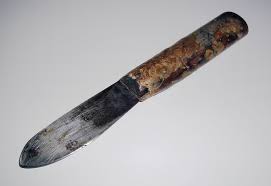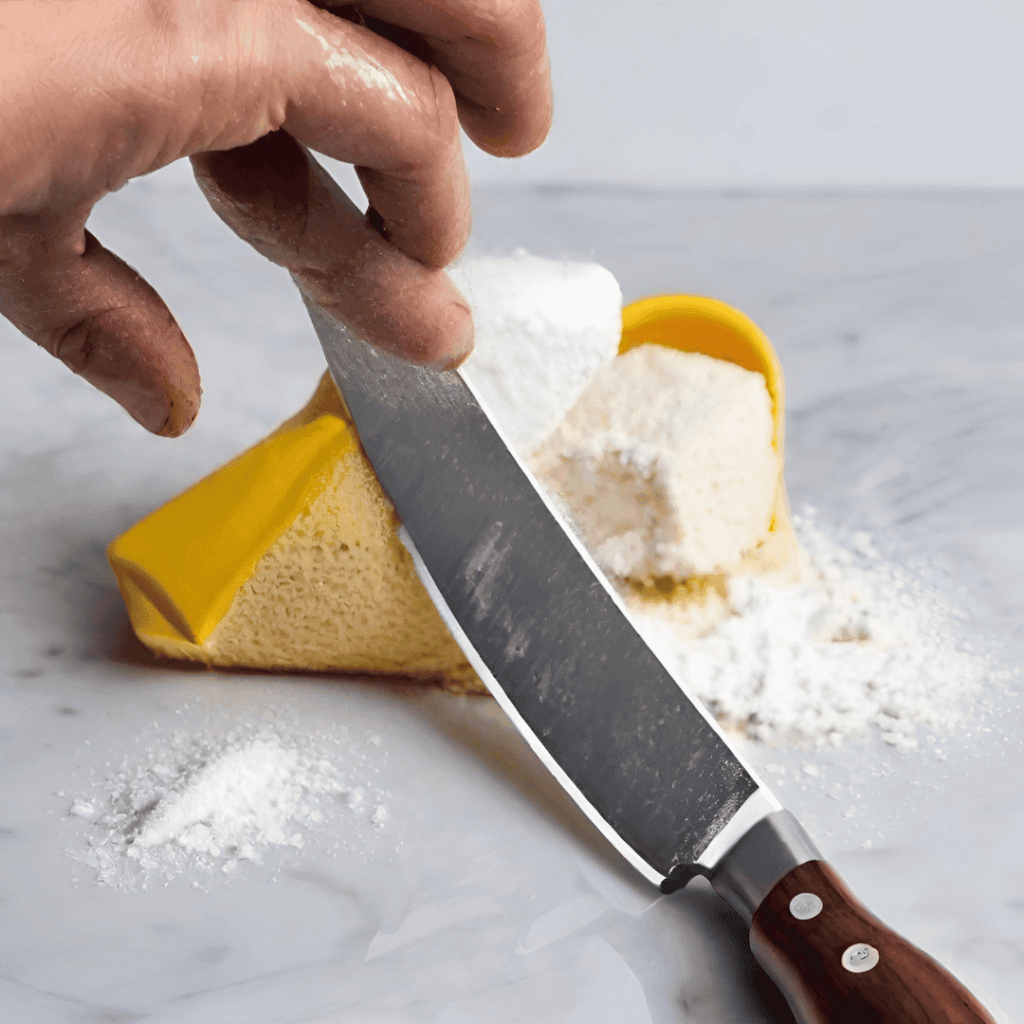When it comes to maintaining your beloved knives, dealing with rust can be a frustrating challenge. However, fear not! We have compiled the ultimate guide on how to get rust off a knife effectively and efficiently, restoring its pristine condition and ensuring its longevity.

How to Get Rust Off a Knife!
Understanding Rust Formation
Before diving into the removal process, it’s essential to understand how rust forms on knives. Rust is the result of a chemical reaction between iron and oxygen, often accelerated by exposure to moisture or acidic substances. Knives, particularly those made of carbon steel, are susceptible to rust if not properly cared for.
Materials Needed
To embark on your journey to remove rust from your knife, gather the following materials:
- White vinegar
- Baking soda
- Lemon juice
- Fine-grit sandpaper
- Steel wool
- Microfiber cloth
- Knife oil
Step-by-Step Rust Removal Process
1. Assessment
Begin by assessing the extent of rust on your knife. Determine whether it’s surface-level or deeply ingrained, as this will influence the removal method.
2. Vinegar Soak

For light rust removal, create a solution of equal parts white vinegar and water. Submerge the affected area of the knife in the solution for approximately 30 minutes to an hour, allowing the vinegar’s acidic properties to loosen the rust.
3. Baking Soda Paste
For stubborn rust spots, create a paste using baking soda and water. Apply the paste to the rusted areas and let it sit for 15-20 minutes. Then, scrub the paste gently using steel wool or a soft-bristled brush.
4. Lemon Juice Treatment
Another effective method involves using lemon juice, which contains citric acid known for its rust-removing properties. Squeeze fresh lemon juice onto the rusted areas and let it sit for 10-15 minutes before scrubbing with a microfiber cloth.
5. Sanding
For severe rust infestation, resort to fine-grit sandpaper. Carefully sand the affected areas in a circular motion until the rust is completely removed. Exercise caution to avoid damaging the knife’s surface.
6. Cleaning and Drying
Once the rust is eradicated, thoroughly clean the knife with warm, soapy water to remove any residue. Dry it completely using a microfiber cloth to prevent future rust formation.
7. Preservation
To safeguard your knife against future rust, apply a thin layer of knife oil to the blade, handle, and pivot areas. This will create a protective barrier and maintain the knife’s pristine condition.
Prevention Tips
Prevention is key to avoiding rust formation on your knives. Here are some tips to keep them rust-free:
- Regular Maintenance: Clean and dry your knives after each use to prevent moisture buildup.
- Storage: Store knives in a dry environment away from humidity.
- Oil Application: Periodically apply a thin layer of knife oil to maintain the blade’s integrity.
- Avoid Harsh Chemicals: Refrain from exposing knives to acidic substances that can accelerate rust formation.
Conclusion
With the proper techniques and maintenance routine, removing rust from your knife is a manageable task. By following the steps outlined in this guide and implementing preventive measures, you can ensure your knives remain in pristine condition for years to come.
FAQS
1. Can I Use WD-40 to Remove Rust from My Knife?
While WD-40 is known for its lubricating properties, it is not recommended for rust removal on knives. WD-40 is not designed specifically for rust removal and may leave a residue that could affect the knife’s performance. It’s best to use specialized rust removal methods such as those outlined in this guide.
2. Will Rust Removal Methods Damage the Knife’s Blade?
When performed correctly, rust removal methods should not damage the knife’s blade. However, using abrasive materials or applying excessive force during the process could potentially scratch or alter the blade’s appearance. It’s essential to follow the recommended techniques carefully to avoid any damage.
3. How Often Should I Remove Rust from My Knives?
The frequency of rust removal depends on factors such as the knife’s material, usage, and storage conditions. As a general rule of thumb, inspect your knives regularly for any signs of rust and address them promptly to prevent further damage. Implementing a regular maintenance routine, including cleaning and oiling, can help minimize rust formation.
4. Can I Prevent Rust Formation Completely?
While it’s challenging to prevent rust formation entirely, you can significantly reduce the likelihood by implementing proper maintenance practices. Keep your knives clean, dry, and well-oiled, and store them in a dry environment away from moisture and humidity. Avoid exposing them to harsh chemicals or acidic substances that could accelerate rust formation.
5. Are There Any Home Remedies for Rust Removal?
Yes, several home remedies can effectively remove rust from knives, including white vinegar, baking soda, lemon juice, and even potato slices. These household items contain acids or enzymes that can help dissolve rust and restore the knife’s surface. Experiment with different methods to find the one that works best for your specific rust removal needs.
